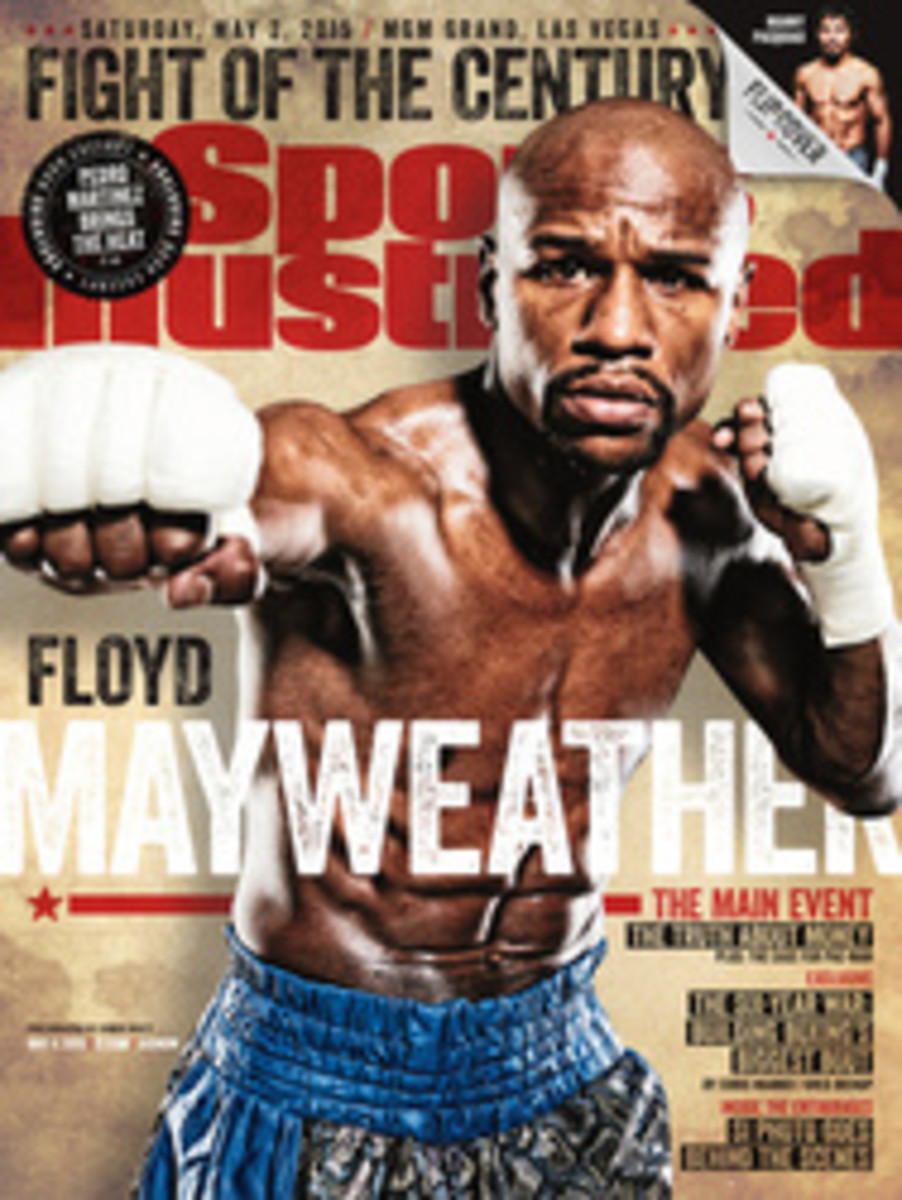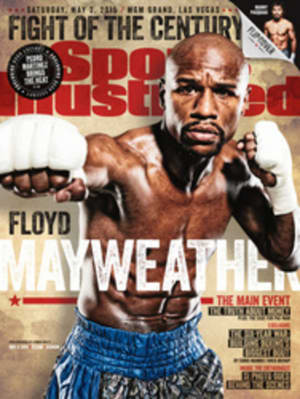
Out of Position
DENZEL PERRYMAN, Miami's All-ACC linebacker, stands there, his feet stuck in the ground like he's wearing concrete cleats. Florida State is running a play, but no one would know it. Scouting red flag: slow to diagnose. Lacks read-and-react ability.
Or maybe not.
Rewind to the beginning of the first-down play from last Nov. 15: Quarterback Jameis Winston, operating out of the shotgun, jams the ball in the belly of running back Dalvin Cook, a read-option look. Perryman, lined up five yards off the ball, is matched against slot receiver Rashad Green, who runs to the sideline after the snap. The two other receivers to that side dash to block cornerbacks. If Perryman attacks Cook, Winston will likely pull the ball back and fire a bubble screen to Green.
Today's college offenses—which spread the field, push the tempo and eschew plays in favor of "packaged concepts" that include multiple options within each call—put defenders in a bind, often forcing them to make no-win decisions. These attacks can also leave NFL scouts scratching their heads. It's hard to tell on tape: Was Perryman playing his responsibility or did his instincts let him down?
Besides deciphering the schematic nuances, talent evaluators also have to get a read on players who didn't fit into NFL molds in college. Quarterbacks often take snaps out of the shotgun and call fewer audibles at the line. Many college offensive linemen have slimmed down, emphasizing speed and agility over mass and raw power. "There are a lot of guys playing in college who don't fit into a traditional niche," says one AFC scout.
To combat those wide-open offenses, more college defenses have moved to 3--4 and even 3-3-5 schemes that allow them to put faster and more flexible athletes on the field. As a result entire categories of players that were once foundational pieces for NFL rosters have all but died out. The classic 4--3 defensive end, a 6'4", 275-pound monster who can stop the run and rush the passer, is increasingly rare in college. Instead, defensive tackles occupy blockers while twitched-up edge rushers chase down mobile quarterbacks. "You don't see [defensive linemen] take on power kinds of blocks, so you don't know how those guys are going to fit into your defensive scheme," says one longtime scout.
Old-school middle linebackers who destroy pulling guards or blow up lead blocks are equally hard to find. "In the college game the [traditional] Mike linebacker is almost extinct," says Arizona State coach Todd Graham. On campus, linebackers have become smaller and more athletic. These hybrids—players such as Washington linebacker Shaq Thompson, Mississippi State defensive end Preston Smith and Ohio State linebacker Darron Lee—roam all over the formation. "Our [linebackers] are almost strong safety--type guys," says Graham. "There's a shortage of safeties that are big enough to play in the league because safeties in college have to play so much man-to-man and match up in space."
At 6 feet, 228 pounds, Thompson is a great example. Had he come along 10 years ago, he probably would have played strong safety in college and the NFL. Instead he played mostly linebacker. "Being able to play in space, have speed to cover sideline to sideline, cover running backs and tight ends, most teams are looking for that," Thompson says.
That's true, but they also want someone who can take on blockers and tackle running backs who are his size or larger. Consider the plight of a linebacker playing against the Patriots last season. On one play he might have had to cover bouncy running back Shane Vereen out of the backfield and on the next fight off 6'8", 320-pound tackle Nate Solder for a chance to take down 250-pound steamroller LeGarrette Blount. On the snap after that he might have to try to cover 6'6", 265-pound tight end Rob Gronkowski. Can Thompson do that?
For now the league seems to have settled on him as a weakside linebacker and a likely first-round pick. As the NFL continues to adopt the spread concepts that have taken over the college game, Thompson might even be a prototype of the future standard. But that's a guess—and the people who populate war rooms hate using a top pick on a maybe. Many of them no doubt wish they could pop in a tape and see Thompson doing in college the kinds of things he'll be asked to do in the pros.
MLB
Cursed Numbers
16
Extra Mustard
19
Faces in the Crowd
20
Horse Racing
Baffert's Derby
23
Dan Patrick
Zach Randolph
27
GO FIGURE
64
Years since two first-place New York baseball teams faced off before the Mets pasted the Yankees 8--2 last Saturday (page 46). The last time was on Oct. 3, 1951, when the Giants beat the Dodgers 5--4 in their decisive NL pennant playoff game on Bobby Thomson's Shot Heard 'Round the World.
$3 million
AMOUNT PEYTON MANNING HAS DONATED TO TENNESSEE, HIS ALMA MATER, TO FUND A SCHOLARSHIP IN HIS NAME. IN MARCH, MANNING AGREED TO A REWORKED CONTRACT WITH THE BRONCOS THAT INCLUDES A $4 MILLION PAY CUT.
3
Times the Lightning, the NHL's highest-scoring team, had been held scoreless through Sunday—all by Red Wings goalie Petr Mrazek, who has two shutouts in the teams' first-round playoff. Detroit led the series 3--2 at week's end.
500
Premier League games played by Liverpool midfielder Steven Gerrard, just the 12th player to reach that milestone. His 500th match came on Sunday in a 0--0 draw at West Brom.
PHOTO ILLUSTRATION
ILLUSTRATION BY DARROW
PHOTO
UPI (THOMPSON)
PHOTO
CRAIG JONES/GETTY IMAGES (MANNING)
PHOTO
PAUL SANCYA/AP (MRAZEK)
PHOTO
LAURENCE GRIFFITHS/GETTY IMAGES (GERRARD)

